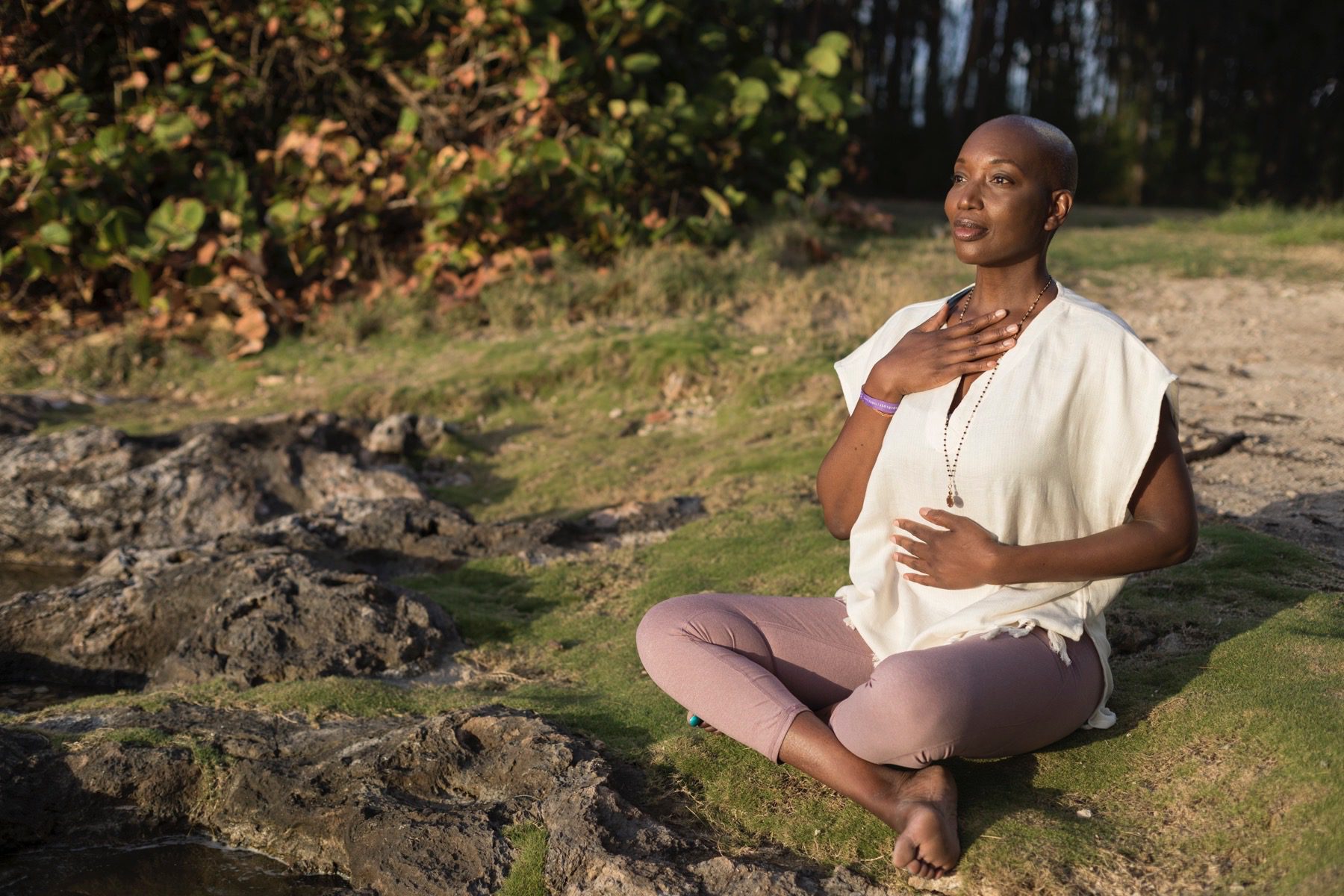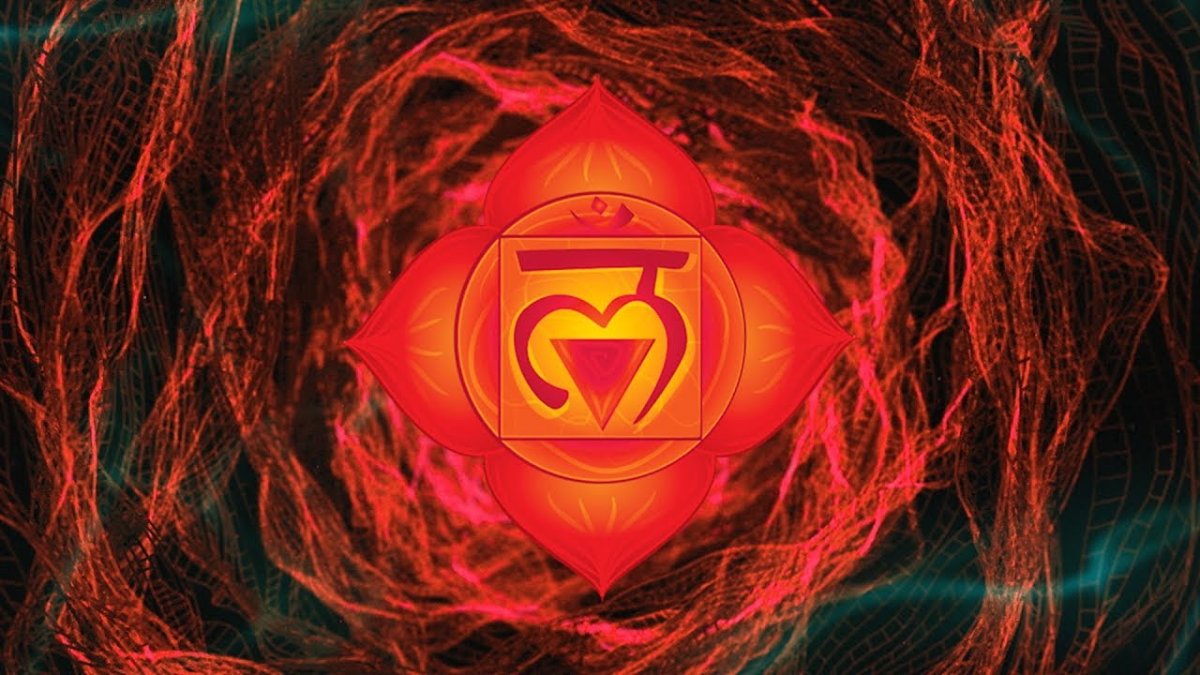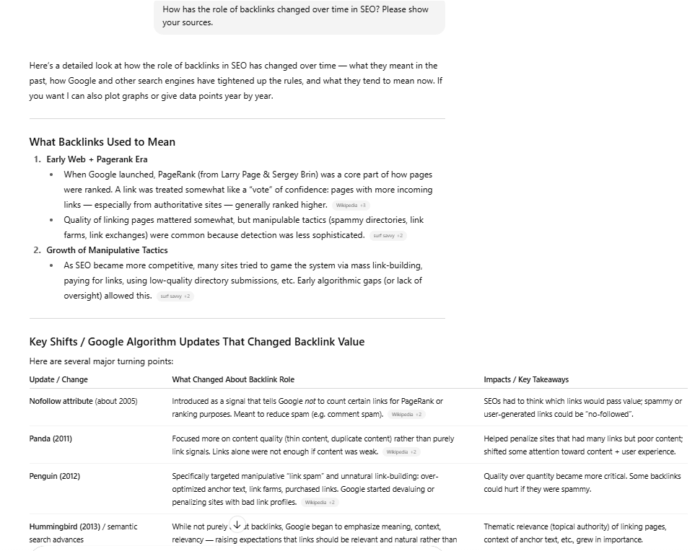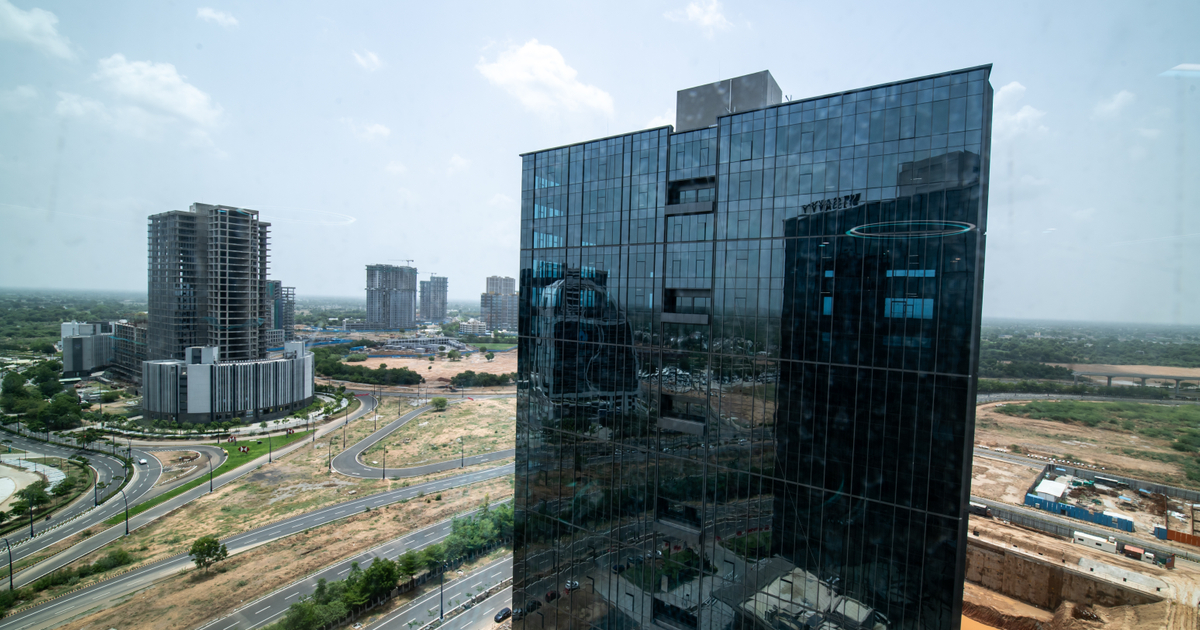Safety Resources for Discordant Times
A teaching and practice on finding sanctuary amid life’s turbulence The post Safety Resources for Discordant Times appeared first on Tricycle: The Buddhist Review.

Week after week, in our work as a meditation teacher/somatic therapist and a Buddhist pastor, we sit with people who are worn down, frazzled, and sleep-deprived. After endless hours bombarded by proliferating news feeds, the shouting din of social media, and the unrelenting pace of modern life, they feel simply overwhelmed by 2025. With extreme political animosity dividing the country, ongoing global atrocities and wars, job insecurity fueled by AI and corporate downsizing, climate chaos and the rising cost of living, the pressures pile up in ways that leave many wondering if our world will ever feel safe again.
These daily stressors often stir something older and deeper. Many of us grew up in households where stability was scarce—families marked by financial insecurity, substance dependency, mental illness, or emotional absence. Our nervous system, shaped by our early years, can learn to anticipate danger as the baseline to all experience. When the external world becomes unstable—as it certainly feels today—those old settings flare up again. Anxiety, hypervigilance, and dissociation reemerge, along with the survival-driven coping strategies we learned as kids: shutting down, numbing out, lashing out, or scrambling endlessly for control.
Still, even within this storm, there are ways to build a refuge of safety and to create sanctuaries—in our external environments, in our bodies, and in our inner lives—so we can meet life’s turbulence with more steadiness and compassion.
Safety in the Present Moment
Feeling activated is rarely about what’s actually happening right now. It’s almost always a story from the past or a worry about the future. We might be waiting for coffee to brew when suddenly something we see, hear, or remember pings our “what if” program. In a flash, we’ve time-traveled to a point where we’ve been let go from a job, excluded from a gathering, or fallen apart in some dramatic way. It’s just a thought, but our physiology doesn’t know that. Our nervous system secretes stress hormones as though disaster is at our doorstep. Ongoing cortisol secretion keeps our body on high alert, weakens our immune system, disrupts sleep and digestion, and leaves us anxious, foggy, prone to burnout.
Locating safety doesn’t mean avoiding the world’s problems. It means meeting them from a place where our choices are not hijacked by fear.
Our autonomic nervous system lies in the brain stem, a region incapable of understanding words or ideas. The nervous system experiences the world through old predictions and waves of sensory signals—sights, physical contact, body sensations, tastes, scents, sounds—which it scans for threats or opportunities. Safety cues are often abundant if we orient toward them: soothing voices with warm tones, natural light, uncluttered spaces and exits that suggest freedom, gentle rhythms such as our breath or crickets, a relaxed facial expression, or the presence of nature—trees, open sky, fresh air.
When our nervous system orients toward enough safety cues, a sense of security emerges. Locating safety doesn’t mean avoiding the world’s problems. It means meeting them from a place where our choices are not hijacked by fear.
Move a Muscle, Change a Thought
Healing deeper wounds involves helping the nervous system to complete unfinished responses, but we can also incorporate somatic tools into daily life. Over time, the tools become automatic habits available when regulation and resources are most needed.
“Pause practices” involve deliberately creating space between a stimulus and your response, which can reduce stress, improve relationships, and lead to more thoughtful actions.
In these practices, we take 30–60 seconds to feel into physical patterns of bracing, shallowness in the breath, or our reactions to others. We can use these as minute-long intermissions between one task—arriving home, sitting down—and another—picking up the phone to check for news.
Try this: Butterfly Hug
 Image courtesy Kathy Cherry
Image courtesy Kathy CherryCross your arms in front of the body, hooking the thumbs and resting the palms on the heart center with the index fingers along the collarbones. Gently start patting right and left for 20–60 seconds, keeping an even cadence. Notice spontaneous deeper breaths, softening in the body, heaviness, or ease.
Try this: Containing Touch
 Image courtesy Kathy Cherry
Image courtesy Kathy CherryRest a hand over the heart center and the other on your forehead or abdomen. Give yourself a minute to register any changes. Is there a flow of energy between the hands? A greater feeling of presence and balance?
These simple forms of touch activate the parasympathetic nervous system, the body’s natural calm-down mechanism.
Sometimes fear or outrage takes us toward immobility, shutdown, or dissociative overwhelm. In these times, accessing the body’s innate fight-or-flight impulses can help return a sense of agency.
Try this: Towel Twist
 Image courtesy Kathy Cherry
Image courtesy Kathy CherryGrasp a dish towel with both hands and twist. Hold the twist at its tightest point for 5–15 seconds. Feel the tension in your hands, forearms, and biceps. Slowly release, noticing the sensations of letting go. Repeat 2–3 times while tracking for shifts in breathing or the body.
Try this: Stand and Expand
 Image courtesy Kathy Cherry
Image courtesy Kathy CherryStand up and notice the challenging sensation present. Where is it in your body? Does it have a color, quality, or sensation? Take a wider stance, extending the arms out, making yourself big. Extend through the fingertips, opening and closing the hands, tense and release the arms and legs, feel your whole body and your connection to the ground. Explore for 20–60 seconds before returning to a neutral position, then notice what’s different.
Try this: Dual Awareness
 Image courtesy Kathy Cherry
Image courtesy Kathy CherryWe often practice dual awareness, a way of holding one external and one internal source of safety at the same time. For example, we might gaze at the wide-open sky while also feeling the rhythm of the breath in our belly. Or we might notice the sound of traffic in the distance while attending to the tingling of our toes. This weaving together of inner and outer cues creates spaciousness and helps anchor us in the present moment.
Recollections of Refuge
Buddhist practice offers the ten recollections (anussati), which bring to mind inner sources of calm and steadiness. We might picture the Buddha or another compassionate figure, recall a place where we once felt deep peace, remember the kindness others have shown, or reflect on times when we offered generosity. We might visualize protective spirits or call to mind the support available in the sangha. These recollections remind us that refuge isn’t only “out there”—it’s also something we cultivate within.
Compassion as Sanctuary
When faced with another crushing deadline, caring for aging parents, or even positive events—planning a wedding or bringing a child into our family—how we talk to ourselves matters. The difference between “I’m just overwhelmed and anxious; I can’t handle it” and “I can feel my chest vibrating and my throat tighten; I’m aware of a thought telling me ‘I can’t handle it all’ ” makes all the difference in the world. In the first example, we merge with our stress; we fail to provide any distance to observe the experience. In the second example, we create distance to observe, simply by identifying as observers rather than as passengers on a roller-coaster ride of emotions.
This practice involves not identifying with passing mind-states—“I” making and “my” making”—as well as showing ourselves compassion. When we notice that we’re suffering—anxious, exhausted, or overwhelmed—and recognize it as part of what the Buddha called the first noble truth, the universal human experience of dukkha, we can offer ourselves the same warmth we would extend to a dear friend: “Yes, this is hard. Yes, I feel scared. And still, I hold myself with kindness.”
When we speak this way to ourselves, our nervous system releases its grip; the vagus nerve signals safety, the heart steadies, the belly loosens, the shoulders drop, and the breath deepens.
Fear is not a mistake; it’s the body’s ancient attempt to keep us safe. If, rather than resisting our distress, we bring care to it—feel our feet on the ground, take a slow breath, let our exhalations slip out through slightly parted lips, soften our face and gaze—something profound changes. It’s a shift that regrounds us in the body. From this place, actions arise from clarity and presence rather than reactivity and constriction.
In this way, self-compassion metabolizes the storm of stress and reveals the body’s wisdom—a sanctuary of presence and care that no outer storm can undo.
A Closing Reflection
Let me tell you what I felt,
And all the dismay I experienced looking at the world.
I saw how people sparred and argued.
So many were struggling,
Flopping about like fish
trapped in shrinking puddles,
competing with one another for scraps.
Seeing this, I became frightened and weary.
The world appeared unstable,
lacking any firm ground.
Every direction I turned
seemed out of balance, unsafe.
–Attadanda Sutta
Times of upheaval are not new. The world, as the Buddha taught, has always been turbulent. What is new is the opportunity to respond differently—to meet instability not by collapsing, spiraling into anxiety, or defaulting to old coping strategies like alcohol, drugs, shopping, or doomscrolling but with practices that restore embodied safety. By noticing calm details around us, soothing or energizing the body, holding dual awareness, and recalling sources of refuge, we reconnect with a simple truth: Even amidst chaos, the possibility of safety is still here.
Guided Meditation: Anchoring in Safety
Sit in a comfortable chair, finding a posture that feels balanced and relaxed yet with enough upward energy that you don’t drift into sleep. Orient yourself to the room—notice the sights, sounds, and sensations that let you know you’ve arrived in the present. Press your feet gently into the ground, feeling the support of the earth beneath you.
Let your shoulders drop, your arms fall without tension. Take a full breath in, then a long, steady exhalation. With the next outbreath, if it feels right, allow a soft hum or an “Om” to arise, and notice the vibration resonating through your body.
Place one hand on your chest or belly, the other on your forehead, and rest into the steady contact. Bring to mind a circle of support—visualizing people who have cared for you, offered kindness or acceptance, or who act with wisdom and skill—and silently wish them well.
Now, recall a time when you felt at ease: maybe laughing with a friend, walking in a park, or resting in a cozy corner of your home. Let the memory play softly as a felt sense in your body. Notice how your breath and muscles respond. Rest here.

 ValVades
ValVades 


























.jpg&h=630&w=1200&q=100&v=6e07dc5773&c=1)




